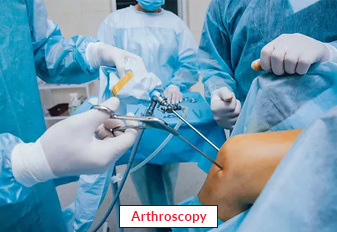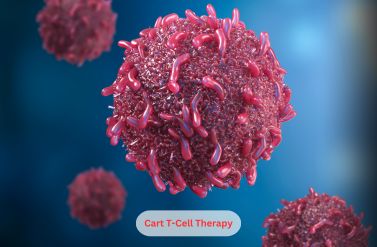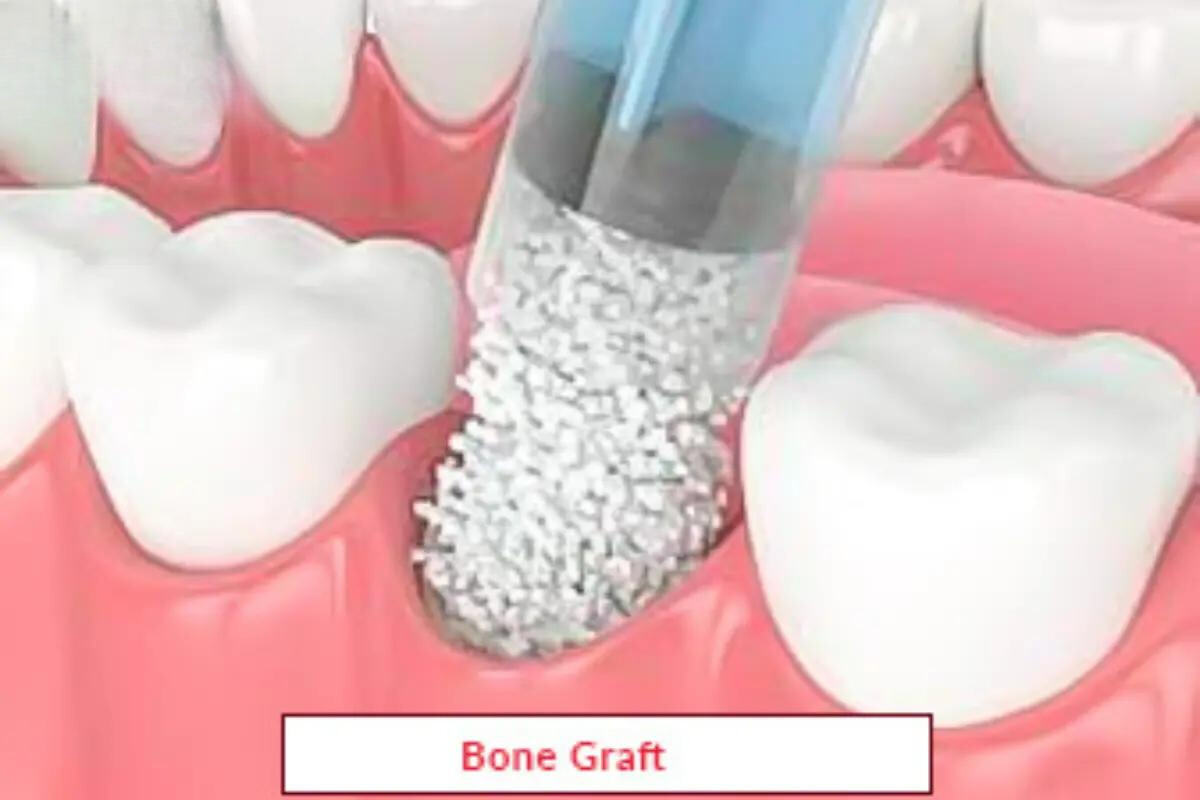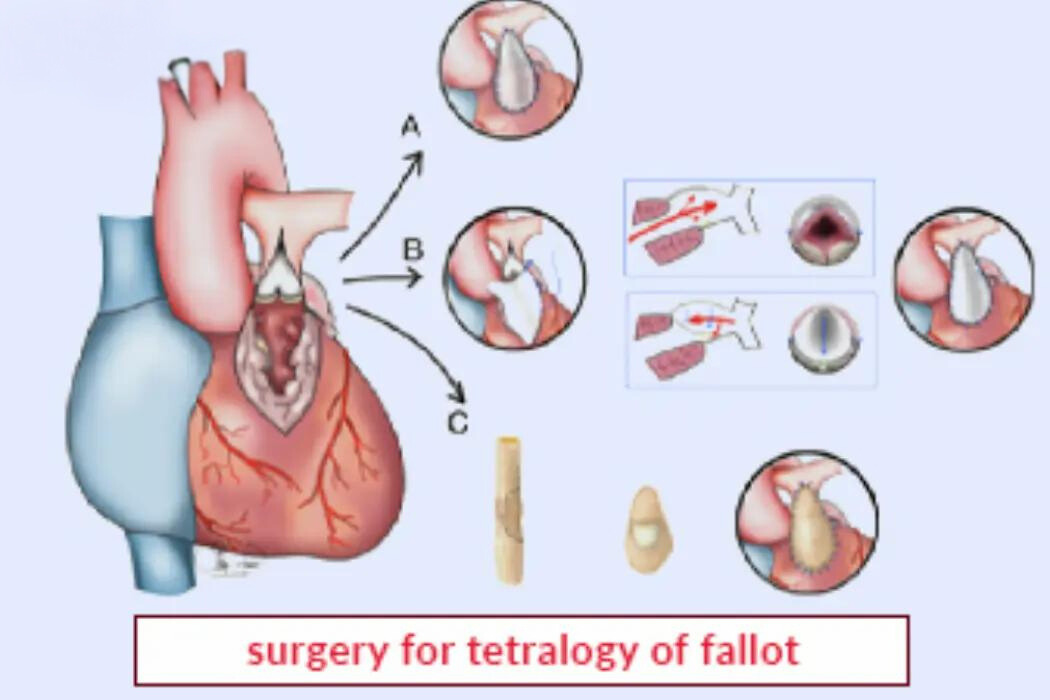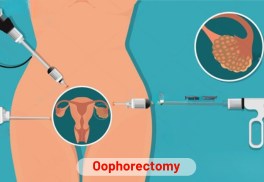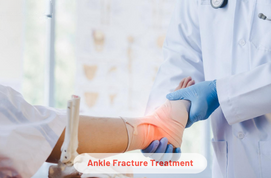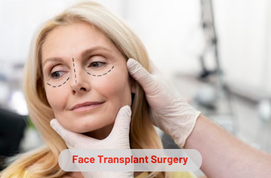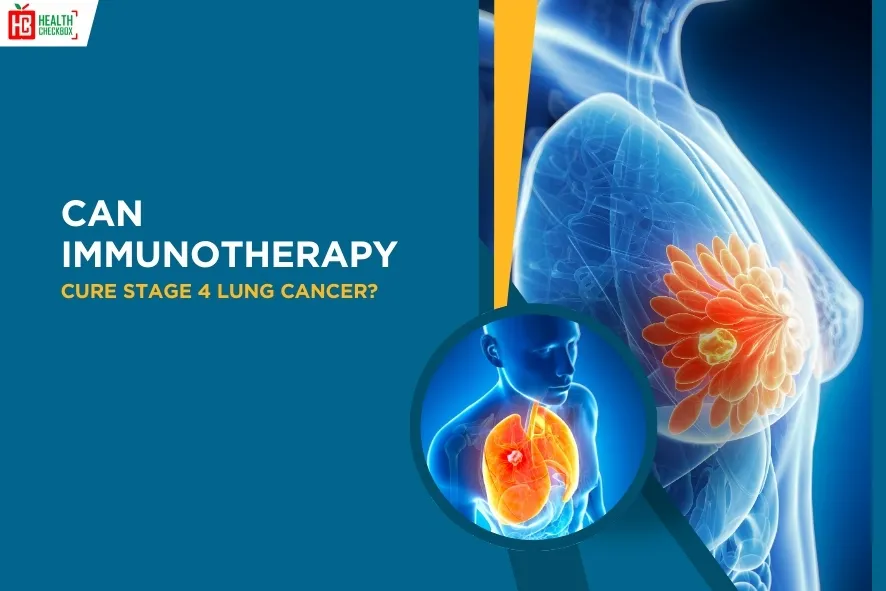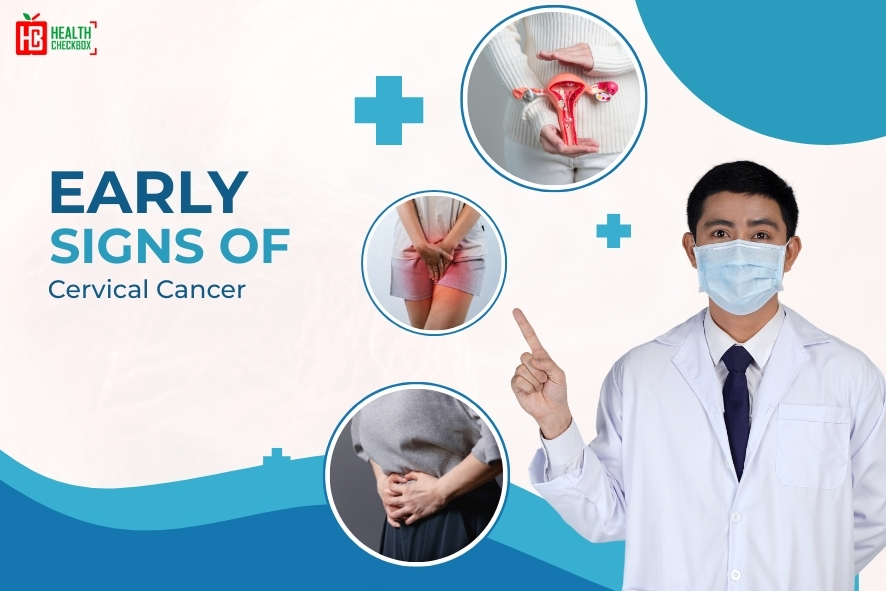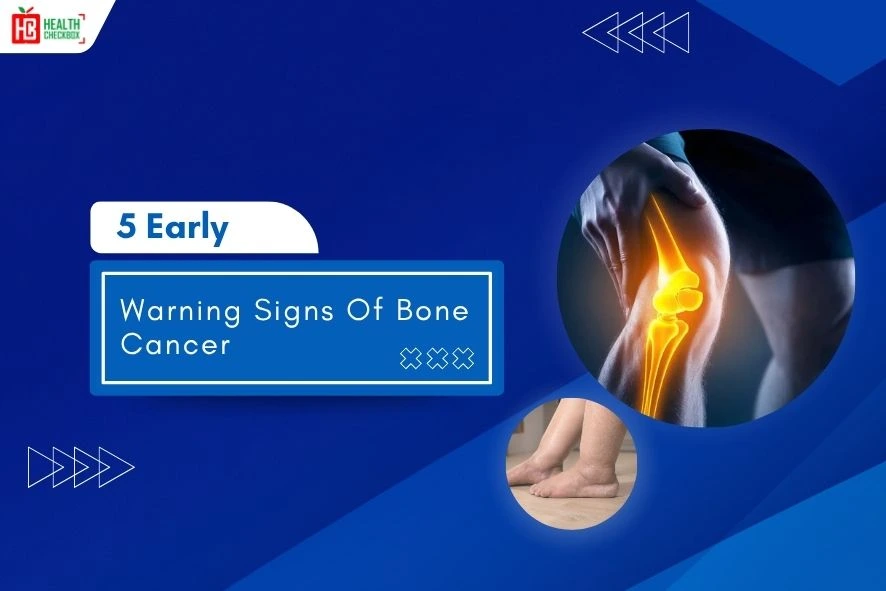Arthroscopy surgery is a surgical process that examines and handles joint issues of the patients. A surgeon makes a small cut to insert a thin tube. After that, the surgeon attached it to a fiber-optic video camera. An HD video monitor may allow a doctor to see into your joint. Healthcare professionals refer to it as arthroscopic or keyhole surgery. And they consider it a minimally invasive process.
This surgery allows the doctor to see into your joint without making a large slit. During arthroscopy, doctors can even repair certain types of joint injuries using additional microscopic incisions and pencil-thin surgical devices.
When conservative measures are ineffective in treating disorders, such as inflammation, cartilage damage or joint injuries, arthroscopy can be a lifesaver and enhance your general health. This process minimizes damage to surrounding tissues, reduces post-operative pain, and accelerates the healing process compared to traditional open surgeries.
Types of Arthroscopy
This is a keyhole surgical process that allows healthcare professionals to analyze and treat various joint conditions. Below are some common types of these surgeries:
Knee Keyhole Surgery
This is the most common type of arthroscopic operation. It can diagnose and treat a variety of knee disorder, including:
- Torn ligaments
- Cartilage tears
- Arthritis.
Shoulder
It is employed in the diagnosis and treatment of various shoulder issues. Some of the examples are:
- Rotator cuff tears
- Shoulder impingement
- Repeated shoulder dislocations.
Hip
Many hip issues are identified and treated during this arthroscopy. These are listed below:
- Hip impingement
- Early-stage arthritis
- Labral tears.
Ankle
Damaged ligaments can be repaired with this method. It is used to treat a variety of ankle illness such as:
- Bone spurs
- Loose bodies
- Cartilage damage
Wrist
Healthcare experts can prefer this to get rid of bone spurs and fix damaged tissues. They can use this method for diagnosis and treatment of:
- Loose bodies
- Ligament tears
- Carpal tunnel syndrome
Elbow
Osteophytes and repair connective tissue can be removed from this activity. Many conditions can be diagnosed and treated with this procedure. These are:
- Tennis elbow
- Loose bodies
- Damaged cartilage
Benefits of Arthroscopy Surgery
It offers a number of benefits over conventional surgery for joint-related ill health conditions. Here is the list of key advantage of this surgery:
- Minimally invasive process
- Improved visualization
- Faster recovery
- Lower risk of complication
- Outpatient surgery
- Minimal blood loss and scarrin
Arthroscopy Surgery Risks
This is a safe and secure surgical process, although it does carry certain hazards. That are listed below:
- Infection
- Bleeding
- Blood clots
- Nerve or tissue damage
- Stiffness and swelling
- Pain
- Allergic reactions
- Recovery time
- Long-term complications
Procedure of Arthroscopy Surgery
- Before the surgery, the patient has a thorough check-up. It includes:
- Reviewing of a medical history
- A physical exam
- X-rays
- MRI scans to look at the joint.
- General or regional anesthesia is given to the patients so that he or she is comfortable or pain free during the surgery.
- After that, the patient will settle on the operating table. This will help surgeons to easily access the ankle.
- Then the surgeon will make small cuts around the ankle. These small cuts are for inserting the arthroscope and other tools. This technique causes less pain and scarring compared to other operations.
- A thin, flexible tube with a camera is inserted through one of the cuts. Then the camera sends images of the inside of the joint to a monitor. Other tools may be used through other small cuts.
- Arthroscope device is used by the orthopaedic surgeon to examine the ankle’s ligaments and other parts. This enables them to see the problem clearly.
- The surgeon may address any concerns discovered, such as mending damaged tissues, eliminating loose fragments, or smoothing out cartilage.
- After the complete process, the medical staff repair the cuts with stitches or strips, and they bandage the area.
- At last, the medical staff monitors the patient in the recovery room, and the patient can typically return home the same day.
Recovery From the Arthroscopy Surgery
- Patients should follow their doctor’s instructions.
- They should ice the area at least four times in a day.
- Physical therapy and exercises are advised to regain movement and strength.
Our Other Services
Latest Health Tips
Can Immunotherapy Cure Stage 4 Lung Cancer?
Early Signs of Cervical Cancer
Foods that Kill Cancer: Leafy Vegetables, Grains, & More
What Stage of Cancer is Immunotherapy Used For?
Which is Worse for Cancer, Sugar or Alcohol?
Vaccines That Prevent Cancer
What Kills Cancer Cells in the Body Naturally?
5 Early Warning Signs of Bone Cancer
Submit Your Enquiry
Testimonials








